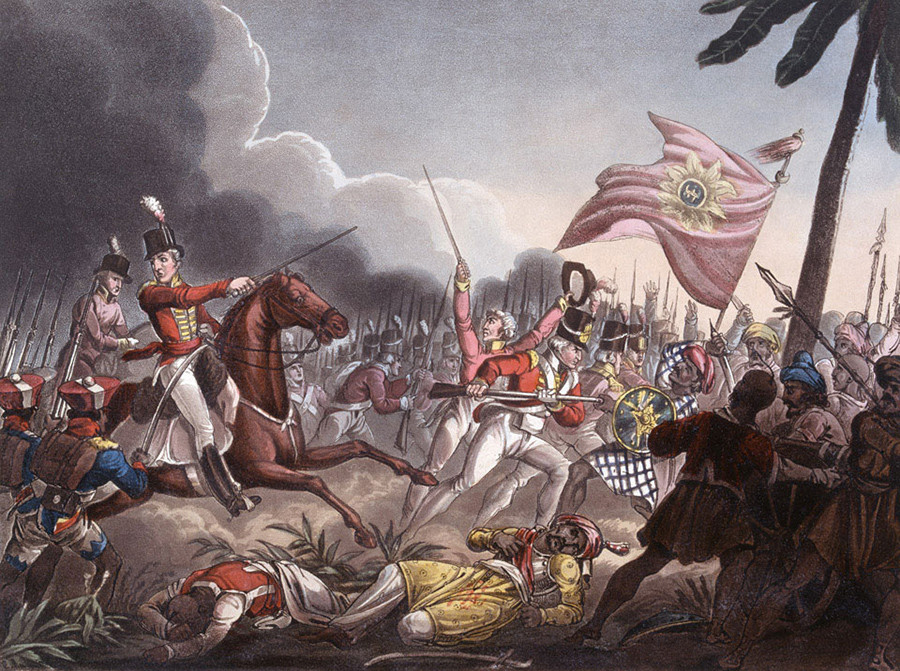In the annals of history, numerous nations have harbored ambitions of expanding their territories and influence. Among these, a lesser-known yet fascinating chapter is Russia’s plan to invade India. This audacious scheme, if successful, could have dramatically altered the geopolitical landscape of the Indian subcontinent. However, various factors led to its ultimate failure.
The Background
During the 19th century, the “Great Game” was in full swing—a term used to describe the strategic rivalry and conflict between the British Empire and the Russian Empire for supremacy in Central Asia. India, then a jewel in the crown of the British Empire, was a tempting target for Russian expansionists. The British, wary of Russian advances, fortified their defenses in India and kept a vigilant eye on Russian movements.
The Russian Ambition
The Russian plan to invade India was not just a fleeting idea but a meticulously crafted strategy. It was driven by the desire to gain a foothold in South Asia, thereby undermining British power and expanding Russian influence. To this end, Russia prepared to deploy one of its most formidable military forces—the fearsome Cossacks, known for their unparalleled combat skills and ferocity.
The Strategy
The Russian strategy involved a multi-pronged approach. Firstly, they aimed to secure Afghanistan, which was considered the gateway to India. By establishing control over Afghanistan, Russia hoped to create a launchpad for its forces to invade India. The plan also involved diplomatic maneuvers to isolate the British and find local allies who could assist in the invasion.
Russian spies and diplomats were dispatched to gather intelligence and build alliances. They sought to exploit any discontent among Indian rulers and princely states who were under British domination. The idea was to incite rebellion and create internal strife within India, thereby weakening British control and facilitating a Russian invasion.
The Deployment
In a bold move, Russia began deploying its troops, including the elite Cossacks, towards the borders of Afghanistan. The Cossacks, renowned for their ruthless efficiency and combat prowess, were seen as the spearhead of the invasion force. Their presence alone was intended to intimidate and destabilize the region.
The Turning Point
Despite the meticulous planning, several factors led to the failure of the Russian plan. Firstly, the harsh and unforgiving terrain of Afghanistan posed significant logistical challenges. The Russian supply lines were overstretched, and maintaining a large invading force in such difficult conditions proved to be a daunting task.
Secondly, the British intelligence network was exceptionally effective. They were well aware of Russian intentions and took proactive measures to counter them. British diplomacy ensured that local rulers remained loyal, and any potential rebellions were swiftly quelled. The British also fortified their defenses along the Northwest Frontier, making any direct invasion extremely difficult.
The Decisive Blow
The final nail in the coffin for the Russian plan was the outbreak of internal strife within Russia itself. Political instability and economic troubles diverted attention and resources away from foreign adventures. The Russian leadership, grappling with domestic issues, could no longer sustain an ambitious military campaign in such a distant land.
Conclusion
Russia’s plan to invade India remains a fascinating “what if” scenario in history. While the ambition was grand, the execution was marred by logistical challenges, effective British countermeasures, and internal problems within Russia. This episode serves as a reminder of the complexities and uncertainties inherent in geopolitical strategies. Had the plan succeeded, the history of the Indian subcontinent—and indeed the world—might have been very different.








